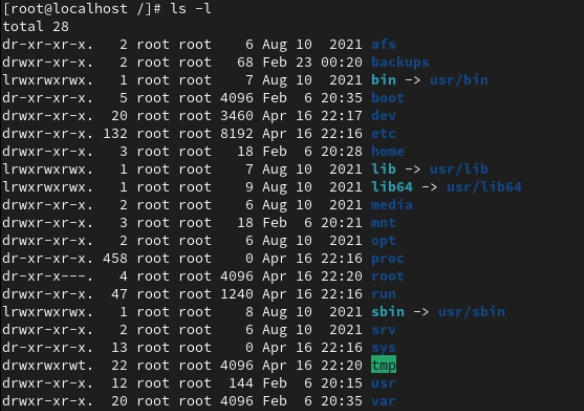My Journey with Trae: Why Trae AI is the Future of Coding
As a developer always on the lookout for tools to optimize my workflow, I discovered Trae, an AI-powered Integrated Development Environment (IDE) that claimed to redefine coding. Initially hesitant, I was intrigued by a post on X highlighting Trae’s integration with Gemini 2.5 Pro. The “Free” label, paired with access to advanced models like GPT-4.1 and Claude-3.7-Sonnet, piqued my curiosity. Could Trae truly accelerate development as promised? In this post, I’ll share my hands-on experience with Trae, exploring its technical features and why I believe it’s a game-changer for coding. What Is Trae? Trae is an adaptive AI-driven IDE designed to enhance developer productivity. Unlike traditional IDEs like VS Code or IntelliJ, Trae embeds AI capabilities directly into the coding environment, offering features like AI-powered code generation, multimodal inputs, and real-time execution. It caters to both novice and experienced developers. Trae integrates seamlessly with GitHub for version control, fostering smooth team collaboration. Its standout feature is balancing automation with developer control, ensuring technical users retain autonomy while leveraging AI assistance. Trae supports a range of built-in models, including GPT-4.1, DeepSeek-V3, and Gemini 2.5 Pro, making it highly versatile. Getting Started with Trae: Setup and Features I began by downloading Trae from its official website. The setup was intuitive and efficient. Step 1: Install Trae AI Trae’s installation is user-friendly, guiding you through each step without complex configurations. Step 2: Import VS Code Settings Trae’s ability to import VS Code extensions and settings was a highlight. This feature preserved my existing workflow, eliminating the need to rebuild my environment from scratch. Step 3: Personalize Your IDE After importing settings, I customized Trae’s interface, adjusting themes and keybindings to match my preferences. This flexibility made Trae feel familiar right away. Step 4: Begin Coding With setup complete, I dove into coding. Trae’s AI analyzed my code in real-time, suggesting improvements and catching potential errors, creating a seamless coding experience. Upon launching Trae, I was greeted by a clean interface with “Chat” and “Builder” tabs. The “Free” badge stood out, raising questions about how a free tool could support models like Gemini 2.5 Pro. The “Built-In Models” section listed an impressive lineup: GPT-4.0, Claude-3.5-Sonnet, Claude-3.7-Sonnet, DeepSeek-Resoner (R1), DeepSeek-V3, GPT-4.1, and Gemini-2.5-Pro-Preview. Switching between models was effortless, enabling me to tailor AI assistance to specific tasks. Trae’s “Add Custom Model API” feature also caught my eye, allowing integration of external APIs to extend functionality. Exploring Trae’s AI Capabilities: Code Generation and Multimodal Inputs To test Trae’s AI-driven code generation, I started a Python project to create a Flask-based REST API for a to-do list. In the “Chat” tab, I entered: “Generate a Flask API with CRUD operations for a to-do list.” Within moments, Trae, using Gemini 2.5 Pro, produced a polished Flask app with routes for creating, reading, updating, and deleting tasks. The code was well-organized and adhered to Flask best practices. Even more impressive was Trae’s multimodal input support. I uploaded an Entity-Relationship Diagram (ERD) screenshot and asked Trae to generate SQL queries. Powered by DeepSeek-V3, Trae analyzed the image and delivered accurate CREATE TABLE statements, showcasing its versatility. Trae’s real-time execution feature further streamlined my workflow. I ran the Flask app within the IDE, and Trae launched a local server with a testable URL, eliminating the need for external terminals. Collaboration and GitHub Integration Trae’s GitHub integration was a boon for team projects. I connected my repository directly from the IDE, initialized a Git repo, committed my Flask app, and pushed it to GitHub—all within Trae. The AI even suggested commit messages, like “Add CRUD endpoints for to-do list API,” saving time and keeping my commit history clear. The “Chat” tab also facilitated collaboration, allowing me to share code snippets with teammates for feedback. This real-time interaction, paired with AI support, made Trae ideal for collaborative development. Why Trae AI Is the Future of Coding After weeks of using Trae, I’m convinced it’s a transformative tool. Here’s why: Versatile AI Models Trae’s support for models like Gemini 2.5 Pro, GPT-4.1, and DeepSeek-V3 ensures flexibility for tasks like code generation, image analysis, and complex problem-solving. Free Premium Features Trae offers advanced features at no cost, making cutting-edge AI accessible to all developers. As one X user asked, “How do you support paid models for free?” While Trae’s funding model isn’t public, its free access is a ma

As a developer always on the lookout for tools to optimize my workflow, I discovered Trae, an AI-powered Integrated Development Environment (IDE) that claimed to redefine coding. Initially hesitant, I was intrigued by a post on X highlighting Trae’s integration with Gemini 2.5 Pro. The “Free” label, paired with access to advanced models like GPT-4.1 and Claude-3.7-Sonnet, piqued my curiosity. Could Trae truly accelerate development as promised?
In this post, I’ll share my hands-on experience with Trae, exploring its technical features and why I believe it’s a game-changer for coding.
What Is Trae?
Trae is an adaptive AI-driven IDE designed to enhance developer productivity. Unlike traditional IDEs like VS Code or IntelliJ, Trae embeds AI capabilities directly into the coding environment, offering features like AI-powered code generation, multimodal inputs, and real-time execution. It caters to both novice and experienced developers.
Trae integrates seamlessly with GitHub for version control, fostering smooth team collaboration. Its standout feature is balancing automation with developer control, ensuring technical users retain autonomy while leveraging AI assistance. Trae supports a range of built-in models, including GPT-4.1, DeepSeek-V3, and Gemini 2.5 Pro, making it highly versatile.
Getting Started with Trae: Setup and Features
I began by downloading Trae from its official website. The setup was intuitive and efficient.
Step 1: Install Trae AI
Trae’s installation is user-friendly, guiding you through each step without complex configurations.
Step 2: Import VS Code Settings
Trae’s ability to import VS Code extensions and settings was a highlight. This feature preserved my existing workflow, eliminating the need to rebuild my environment from scratch.
Step 3: Personalize Your IDE
After importing settings, I customized Trae’s interface, adjusting themes and keybindings to match my preferences. This flexibility made Trae feel familiar right away.
Step 4: Begin Coding
With setup complete, I dove into coding. Trae’s AI analyzed my code in real-time, suggesting improvements and catching potential errors, creating a seamless coding experience.

Upon launching Trae, I was greeted by a clean interface with “Chat” and “Builder” tabs. The “Free” badge stood out, raising questions about how a free tool could support models like Gemini 2.5 Pro. The “Built-In Models” section listed an impressive lineup: GPT-4.0, Claude-3.5-Sonnet, Claude-3.7-Sonnet, DeepSeek-Resoner (R1), DeepSeek-V3, GPT-4.1, and Gemini-2.5-Pro-Preview. Switching between models was effortless, enabling me to tailor AI assistance to specific tasks.
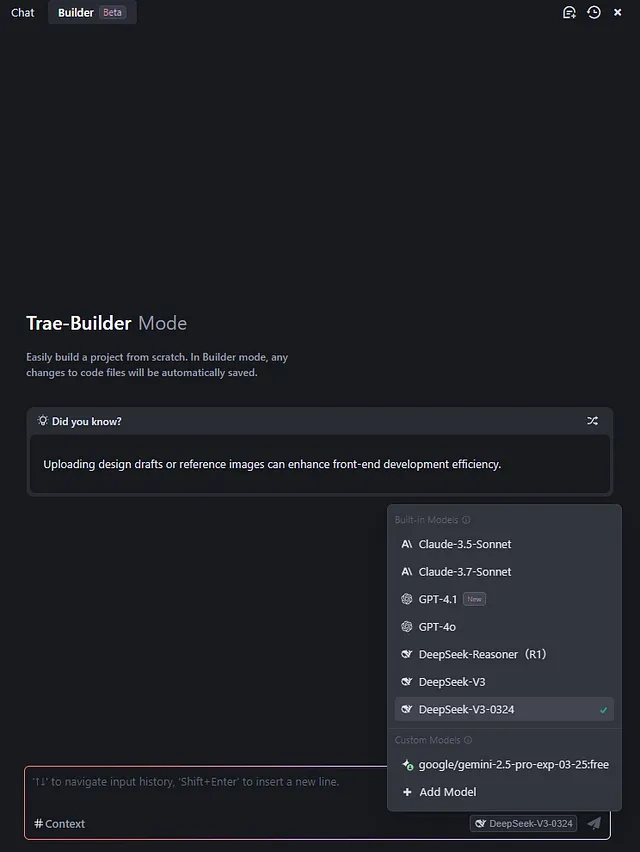
Trae’s “Add Custom Model API” feature also caught my eye, allowing integration of external APIs to extend functionality.
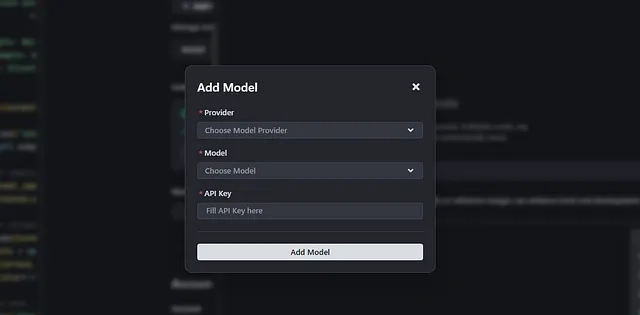
Exploring Trae’s AI Capabilities: Code Generation and Multimodal Inputs
To test Trae’s AI-driven code generation, I started a Python project to create a Flask-based REST API for a to-do list. In the “Chat” tab, I entered: “Generate a Flask API with CRUD operations for a to-do list.” Within moments, Trae, using Gemini 2.5 Pro, produced a polished Flask app with routes for creating, reading, updating, and deleting tasks.

The code was well-organized and adhered to Flask best practices. Even more impressive was Trae’s multimodal input support. I uploaded an Entity-Relationship Diagram (ERD) screenshot and asked Trae to generate SQL queries. Powered by DeepSeek-V3, Trae analyzed the image and delivered accurate CREATE TABLE statements, showcasing its versatility.
Trae’s real-time execution feature further streamlined my workflow. I ran the Flask app within the IDE, and Trae launched a local server with a testable URL, eliminating the need for external terminals.
Collaboration and GitHub Integration
Trae’s GitHub integration was a boon for team projects. I connected my repository directly from the IDE, initialized a Git repo, committed my Flask app, and pushed it to GitHub—all within Trae. The AI even suggested commit messages, like “Add CRUD endpoints for to-do list API,” saving time and keeping my commit history clear.

The “Chat” tab also facilitated collaboration, allowing me to share code snippets with teammates for feedback. This real-time interaction, paired with AI support, made Trae ideal for collaborative development.
Why Trae AI Is the Future of Coding
After weeks of using Trae, I’m convinced it’s a transformative tool. Here’s why:
Versatile AI Models
Trae’s support for models like Gemini 2.5 Pro, GPT-4.1, and DeepSeek-V3 ensures flexibility for tasks like code generation, image analysis, and complex problem-solving.
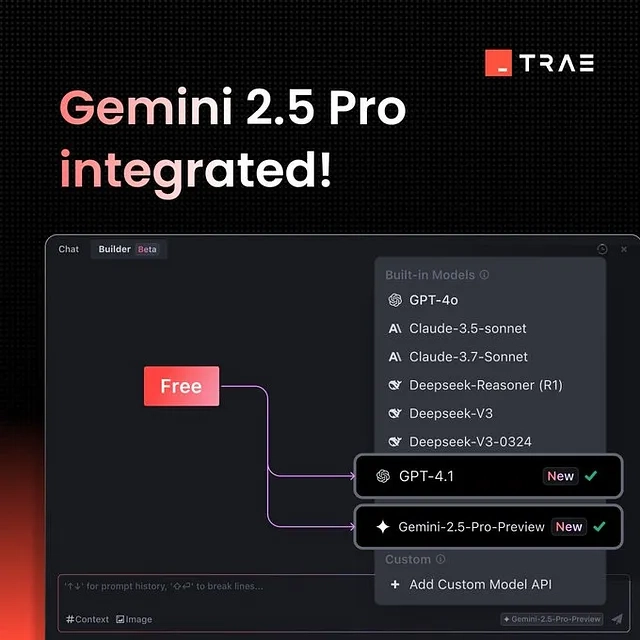
Free Premium Features
Trae offers advanced features at no cost, making cutting-edge AI accessible to all developers. As one X user asked, “How do you support paid models for free?” While Trae’s funding model isn’t public, its free access is a major win.Workflow Automation
Trae automates repetitive tasks like code generation and testing. Its real-time execution allowed me to test APIs without leaving the IDE, boosting efficiency.Community-Driven Development
Trae’s team responds to user feedback, as seen in rapid updates like Gemini 2.5 Pro integration and requests for Linux support on X. This ensures Trae evolves with developers’ needs.
Areas for Improvement
Trae isn’t flawless. Some X users reported VPN-related errors (e.g., with Global Protect), though I didn’t encounter this. Additionally, Trae’s responses to complex queries occasionally lacked precision. Given its Beta status, I’m optimistic these issues will be resolved in future updates.
Conclusion: Trae AI Is Shaping Coding’s Future
My experience with Trae has been remarkable. Its AI-driven code generation, seamless API integrations, and free access to advanced models have elevated my productivity. Despite minor challenges, Trae’s potential to redefine coding is clear.
I urge developers to explore Trae at its official website. It’s not just an IDE—it’s a partner that empowers you to code smarter and faster. With tools like Apidog for API management, Trae equips developers to build the future, one line of code at a time.





























![[Webinar] AI Is Already Inside Your SaaS Stack — Learn How to Prevent the Next Silent Breach](https://blogger.googleusercontent.com/img/b/R29vZ2xl/AVvXsEiOWn65wd33dg2uO99NrtKbpYLfcepwOLidQDMls0HXKlA91k6HURluRA4WXgJRAZldEe1VReMQZyyYt1PgnoAn5JPpILsWlXIzmrBSs_TBoyPwO7hZrWouBg2-O3mdeoeSGY-l9_bsZB7vbpKjTSvG93zNytjxgTaMPqo9iq9Z5pGa05CJOs9uXpwHFT4/s1600/ai-cyber.jpg?#)










































































































































![[The AI Show Episode 144]: ChatGPT’s New Memory, Shopify CEO’s Leaked “AI First” Memo, Google Cloud Next Releases, o3 and o4-mini Coming Soon & Llama 4’s Rocky Launch](https://www.marketingaiinstitute.com/hubfs/ep%20144%20cover.png)
















































































































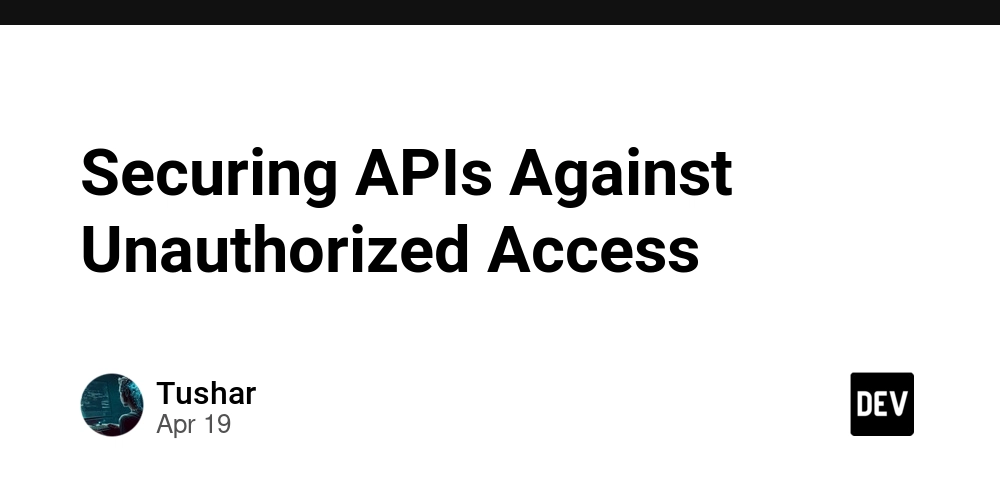












![[FREE EBOOKS] Machine Learning Hero, AI-Assisted Programming for Web and Machine Learning & Four More Best Selling Titles](https://www.javacodegeeks.com/wp-content/uploads/2012/12/jcg-logo.jpg)








































































![Rogue Company Elite tier list of best characters [April 2025]](https://media.pocketgamer.com/artwork/na-33136-1657102075/rogue-company-ios-android-tier-cover.jpg?#)








































































_Andreas_Prott_Alamy.jpg?width=1280&auto=webp&quality=80&disable=upscale#)






























































































![What’s new in Android’s April 2025 Google System Updates [U: 4/18]](https://i0.wp.com/9to5google.com/wp-content/uploads/sites/4/2025/01/google-play-services-3.jpg?resize=1200%2C628&quality=82&strip=all&ssl=1)










![Apple Watch Series 10 Back On Sale for $299! [Lowest Price Ever]](https://www.iclarified.com/images/news/96657/96657/96657-640.jpg)
![EU Postpones Apple App Store Fines Amid Tariff Negotiations [Report]](https://www.iclarified.com/images/news/97068/97068/97068-640.jpg)
![Apple Slips to Fifth in China's Smartphone Market with 9% Decline [Report]](https://www.iclarified.com/images/news/97065/97065/97065-640.jpg)







































































































































